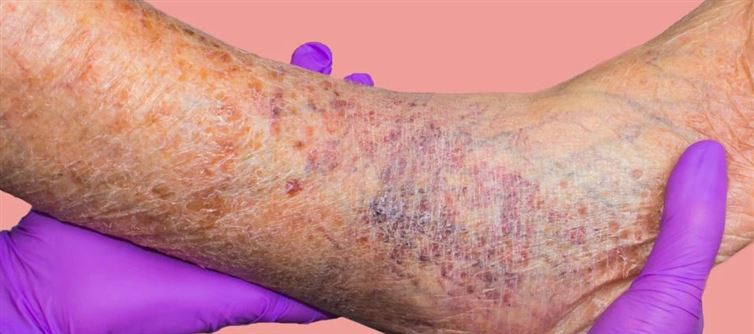
Tiny one-way valves inside your veins deteriorate or fail, enabling blood to pool rather than flow back to the heart efficiently. This results in twisted, swollen veins, which are most frequently encountered in the legs. This accumulation eventually results in noticeable, frequently uncomfortable veins that, if ignored, can cause swelling, discomfort, and more severe issues.
Even though varicose veins may seem unavoidable, particularly if you have a family history of them or work a profession that demands a lot of standing, they can sometimes be prevented with a few easy lifestyle adjustments. In an interview with The Daily Jagran, Dr. Nandan Vemuri, Consultant in Vascular Surgery at Manipal Hospital in Vijayawada, discusses the causes of varicose veins, the early warning indicators that should not be disregarded, and the best ways to prevent them from worsening.
Why Varicose Veins Appear?
Varicose veins have a few risk factors. These include prolonged standing or sitting, aging (because veins lose their suppleness), pregnancy or menopause hormone changes, obesity, and a family history of vein problems. Working in occupations that require prolonged standing, such as teaching, nursing, or retail, can potentially increase your risk of developing varicose veins.
Symptoms
At this point, the legs may feel heavy or achy, and there may be swelling, cramping, or throbbing pain, particularly after prolonged standing or sitting. According to Dr. Nandan Vemuri, "In a few instances, the skin near the veins may darken or itch, which are signals of advancing vein disease."
Quick Fixes
The good news is that there are easy ways to manage or stop varicose veins from getting out of hand. According to Dr. Nandan Vemuri, "Lifting your legs above your heart when you rest, getting regular exercise such as walking or swimming, and staying at a healthy weight all promote better blood flow." Additionally, wearing looser clothing and lower heels relieves strain on the veins in the legs.
Compression stockings are a commonly used conservative treatment method that promotes vein function by giving your legs a firm squeeze that lowers edema and improves circulation.
According to Dr. Nandan Vemuri, "The following illnesses and conditions should at the very least encourage consultation with a vascular specialist for the most severe or recalcitrant forms in association with nail fold capillaroscopy." Endovenous laser therapy, foam sclerotherapy, and microphlebectomy are examples of minimally invasive procedures that are highly successful and require little recovery time.
Pay attention to the signs. Early treatment of varicose veins, together with a few small lifestyle adjustments and prompt medical guidance, can improve your overall quality of life, make you more comfortable, and prevent complications.




 click and follow Indiaherald WhatsApp channel
click and follow Indiaherald WhatsApp channel